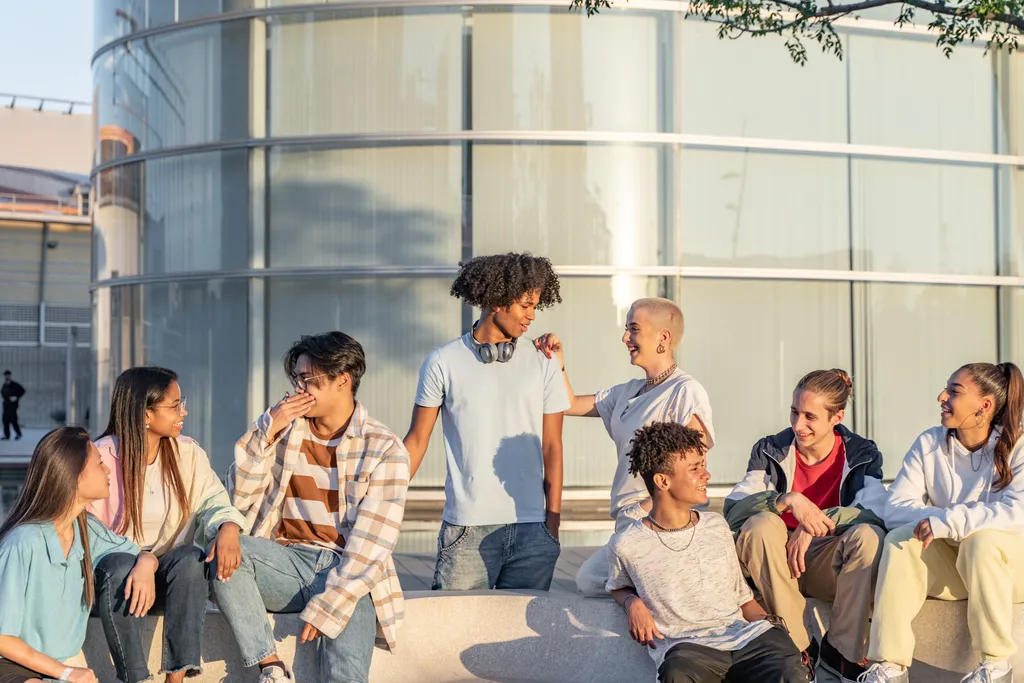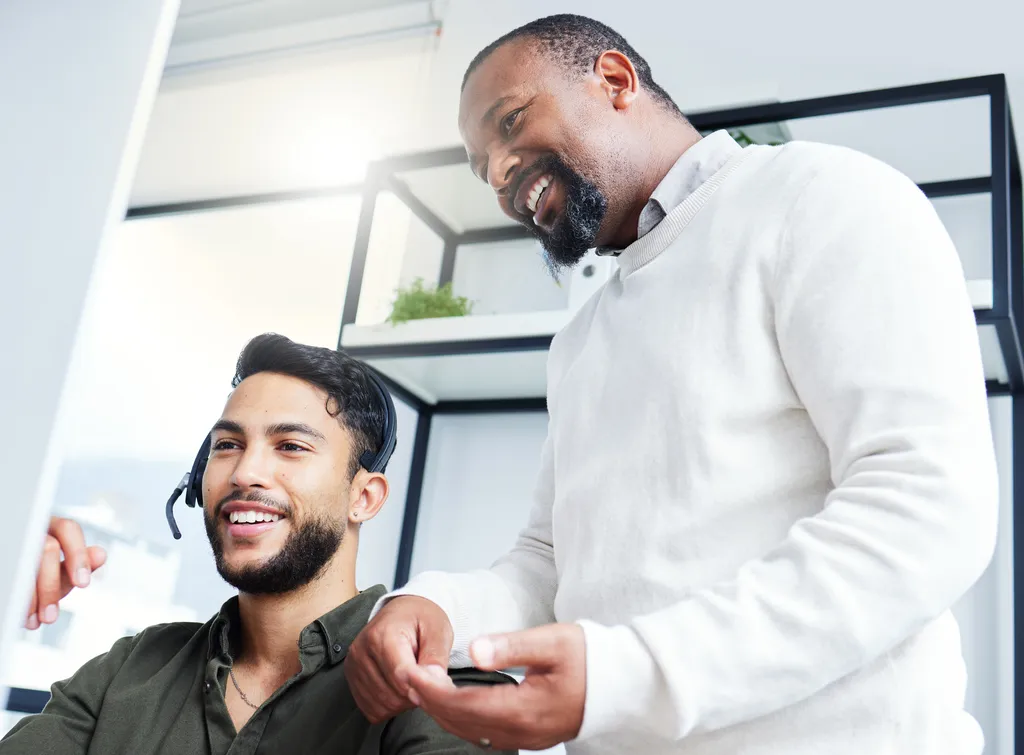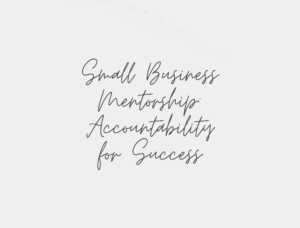Introduction
Mentors and mentees can change each other’s lives through youth mentorship programs. As a person and worker, it helps you grow and gives you direction. Whether you are a young person who needs help or an adult who wants to become a guide, knowing the basics of mentorship is essential. This blog post will discuss the benefits of mentoring teens, why it’s necessary, and how to get started.
Benefits of Youth Mentorship Programs
Personal Growth and Self-esteem:
Young people can learn important things about themselves and feel better through guidance. They learn about their skills and weaknesses, which is good for their minds.
Academic Excellence:
Mentees can get help with schoolwork from their mentors, who can explain challenging ideas, teach them better study methods, and help them reach their educational goals.
Career Development:
Mentors can help their mentees move up in their careers by sharing their own experiences and setting up events for them to meet other people in the same field.
Improved Social Skills:
If mentees meet with their teachers daily, they can get better at talking to people and making friends, which is essential for personal and professional success.
Positive Lifestyle Choices:
Mentors can help teens and young adults avoid bad habits and risky behaviors and push them to live healthy lives.
Types of Youth Mentorship Programs
Traditional One-on-One Mentorship:
Through this program, a guide is paired with a student.
They talk, help each other, and give each other support a lot.
Group Mentorship:
This plan puts together a group of mentees and a group of teachers. So, everyone in the group can talk about a more extensive range of things and points of view.
E-Mentorship:
In this modern age, e-mentoring is becoming more well-known. This program uses technology to connect teachers and mentees so they don’t have to deal with problems like being far apart.
Peer Mentorship:
People of the same age or amount of experience work together as peers. Teens and young people may find connecting with someone their age easier, which can work well for them.
School-based Mentorship:
Most programs for getting help at school are held in schools and are run by teachers or school aides. Mentoring like this can help kids do well in school.
How to Find a Mentor
Identify Your Goals:
Before looking for a guide, you should know what you want from the relationship. That help could be with schoolwork, finding a job, or growing.
Research Potential Mentors:
The things you want to learn can be found in people who already have them. Someone at school, at work, neighborhood, or even online could help you find a teacher.
Reach Out:
When you find suitable teachers, please get in touch with them right away. Tell them you’re interested in their work and why you think they’d be a good guide for you.
Ask the Right Questions:
Find out how they teach, what they expect from you, and how they can help you reach your goals when you meet possible teachers.
Follow-Up:
After your first meeting, thank them and let them know you’d like to work with them as a guide. Always be gentle and aware of their time, and remember that the best relationships grow over time.
Responsibilities of a Mentee
Teachers play a significant role in mentoring, but mentees must also do their part to make the friendship work.
Set Clear Goals:
You should be clear about your goals and what you want from the mentoring since you are a student. This will point the mentorship connection in the right way.
Be Proactive:
Do everything before your guide tells you to. Ask questions, want comments, and bring up interesting topics to be the leader.
Communicate Openly:
Being open and honest with your guide is essential, just like anyone else. I want you to be honest about your problems, questions, and dreams.
Show Commitment:
It takes time and work to be a mentor. You can show that you care about your growth and development by being on time for meetings and finishing the work that was agreed upon.
Be Respectful:
Do not forget to appreciate your mentor’s time, skills, and thoughts. This means being grateful for their help, keeping your promises with them, and being polite.
Common Challenges in Youth Mentorship
Teaching young people can be challenging. It can also be fun and helpful.
Building Trust:
Teenagers and young adults may not want to talk to adults because they have had bad experiences with them or don’t trust them. It’s not always easy to gain trust. It might need time and help.
Communication Gap:
It can be hard to talk to people of different generations. The mentor and student may need help understanding how the other person feels.
Time Commitment:
Mentors and mentees both have to give up a lot of time to help each other, which can be challenging for people who are already busy.
Setting Boundaries:
Finding a good balance between being a friend and a teacher can be challenging. It’s important to set boundaries in a mentoring relationship so that it stays polite and helpful.
Emotional Drain:
When a person is going through challenging emotional issues, mentoring can be very hard on their emotions.
Mentoring Programs for Specific Goals
Each training program aims to meet the needs of its students uniquely. Here are a few instances:
Academic Mentoring Programs:
These give kids the help they need to do well in school and help them do better in school. They can help with schoolwork, teach you how to study better, or give you tips on handling problems at school.
Career Mentoring Programs:
This kind of computer work is about getting a job and making one. Being a parent, you can help your child choose a trade, prepare for job interviews, and meet others working in the same field.
Personal Development Mentoring Programs:
These plans are meant to help people get ahead. They could teach their mentees how to set and meet their own goals, become better leaders, or feel better about themselves.
Health and Wellness Mentoring Programs:
People are encouraged to live healthy lives by this plan. Mentors can help with things like diet, exercise, and mental health.
Entrepreneurial Mentoring Programs:
To help people who want to start their businesses, these schools teach them how to do so. They teach them how to make a business plan and deal with the problems of being an entrepreneur.
Importance of Diversity in Youth Mentorship Programs
Provides a Variety of Perspectives:
Mentors in different types of relationships can be made up of people with various skills, backgrounds, and points of view. This variety can help teachers and mentees think in new ways and make talks more interesting.
Broadens Cultural Understanding:
Mentors and mentees from different cultures can learn about each other’s beliefs, practices, and ways of life. This makes it easier for them to accept and understand each other.
Enhances Adaptability:
Giving people from different backgrounds the chance to learn how to talk to and work with others can help them become more flexible.
Encourages Inclusivity:
Young people with ties to people from different backgrounds can help make places friendlier by challenging assumptions and stereotypes and demonstrating the value of diversity.
Promotes Equality:
There are different mentorship opportunities, so people from all walks of life can gain from them. This supports fairness and equality.
Incorporating Technology in Youth Mentorship
Using technology in mentoring programs for young people has many perks that make mentoring work better.
Expand Access:
Mentoring can bring people from all over the world together through virtual platforms and online contact tools, even if they live in different places.
Facilitates Communication:
Videoconferencing, email, and instant chat make it simpler and faster for teachers and mentees to talk to each other.
Offers Flexibility:
Technology has made it possible to call someone at a different time. This means that teachers and mentees can talk whenever it is convenient for both of them.
Provides Resources:
There are a lot of online learning tools that mentors can use to help their mentees learn and grow. Online classes and digital books are two tools that technology has given us to help with mentoring.
Encourages Engagement:
Mentoring can be more fun and useful if it uses tech that teens and young adults already know how to use, like social media and phone apps.
Overcoming Obstacles in Youth Mentorship
Open Communication:
Being honest and open with each other is the best way to solve most coaching issues. Make sure you know what you want, learn about how different cultures work, and deal with any feelings that may come up.
Setting Boundaries:
Giving rules at the start of the tutoring relationship can help you help and be a friend at the same time. While giving the mentee a safe and helpful place, keeping a professional connection is important.
Patience and Persistence:
It takes a lot of time and work to be a guide over a long period. Mentors can help their mentees reach their goals over time, even if they don’t immediately see improvement.
Cultural Sensitivity:
Cultures are different; you must learn, accept, and be sensitive to them. To create a fair and helpful relationship for both people, mentors and mentees should learn about each other’s cultures.
Utilizing Technology:
Technology-based interactive tools can help mentors avoid problems caused by distance, make it easier to stay in touch, offer flexible mentoring schedules, and keep mentees interested. However, they must also ensure that everyone participating in this digital inclusion is safe and treated equally.
Conclusion
Finally, youth mentorship programs shape our young’s personal and professional development.
Diversity makes mentoring better by promoting cultural awareness and acceptance. Technology can make mentoring open, fun, and full of valuable tools when used correctly. For mentoring to work, it’s essential to be sensitive to different cultures, communicate clearly, and set clear boundaries. By recognizing and overcoming these problems, mentoring can reach its full potential and help our kids become the leaders of tomorrow.





